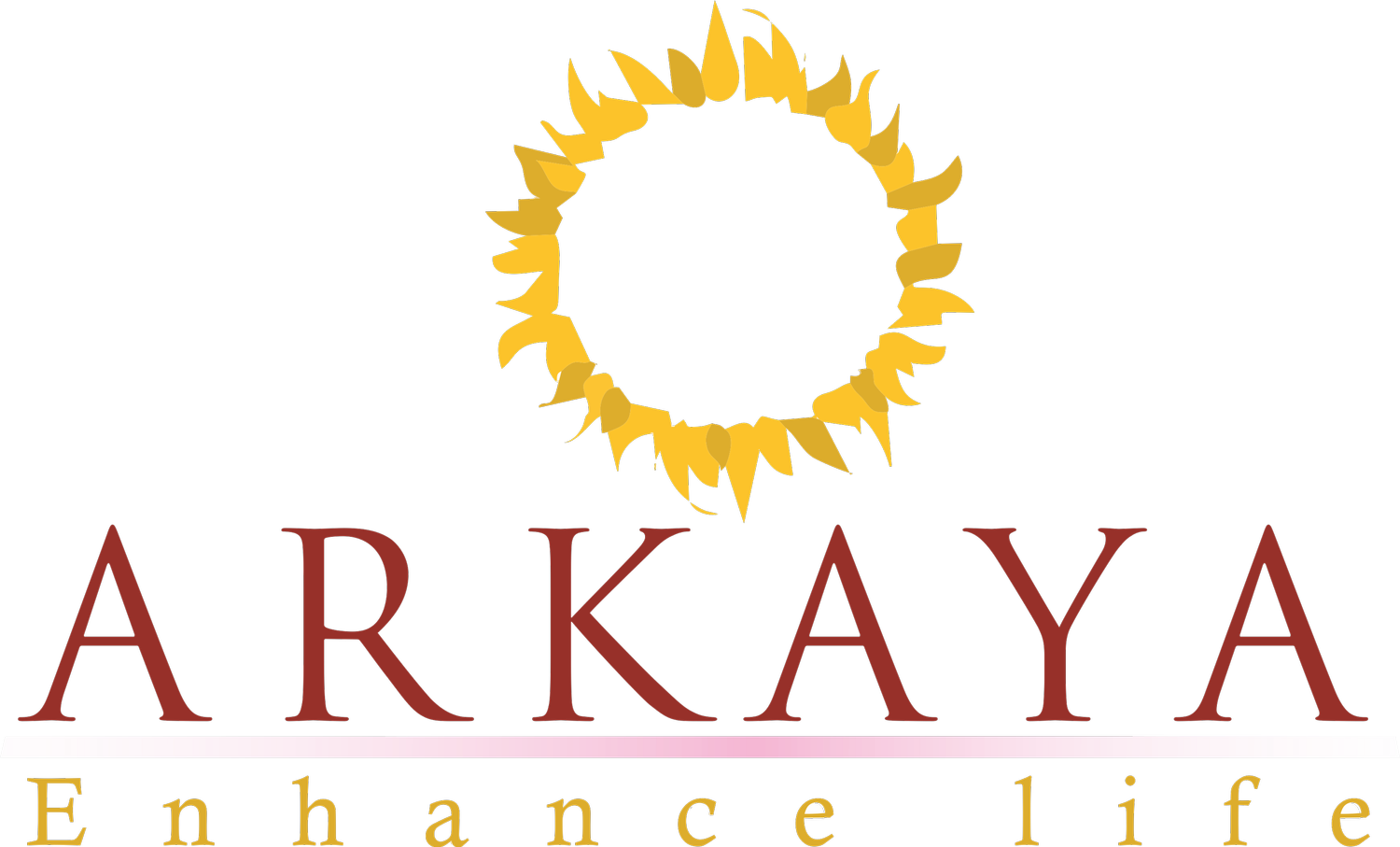CLICK HERE TO JOIN ONLINE ARKAYA COMMUNITY CLASS VIA ZOOM Every Saturday from 9 - 11 AM PST
Reconciliation Needs Further Understanding And Having Conversations
Last week we focused on the list of 9 points that support reconciliation. We need to take steps to bridge this divide and create inclusive spaces where we can speak about the yogic life.
If you find someone using a derogatory term or misconception about another culture or specific misconception about yoga, we can invite them into a conversation, instead of ignoring it.
Many of us are programmed to avoid uncomfortable conversations and this avoidance, or ignoring, only further perpetuates ignorance. We can be kind, gentle and inclusive.
Maybe we misunderstood or the other person misunderstood. However we will never know until we ask or speak.
For example I know the expression in the cartoon (“low man on the totem pole”) was popularised by a white man to mean someone low in the hierarchy. However the example given is off, as I know enough about native art that the most honoured person is the one at the eye level of the totem. My friend who is a native carver chose to represent his mother there and venerate her as she was most precious to him. This is the figure first seen and hence the carver will mostly carve it themselves and may delegate the ones that are higher up to his apprentices. My friend’s totem was the first Squamish nation totem in Stanley park.
This expression in the cartoon was popularised by Fred Allen, a radio comedian, in 1941. Allen literally got the wrong end of the stick ( or totem :) where he believed the lower rungs or low man in the totem, represented those low in hierarchy. If he had spoken to a native person, thinking, “I know nothing of a totem and therefore let me check if I got this right before I use that as an example,” he would have known. Instead, he just presumed to know.
Yet many followed his lead as he had mass media on his side to propagate a misconception. We so nonchalantly use these expressions with little or no engagement with those to whom the word belongs and therefore need to learn to check in.
As those who want to deepen our connection to life or ourselves we need to take the time to understand a somato-psycho-spiritual practice such as yoga. This is every yoga practitioner and yoga teacher’s responsibility. It is important to understand the nuances of what the yogic tradition holds. So we will go into more examples below to understand better and also to see who can be transgressors when it comes to cultural appropriation.
A Person Of Colour Can Also Culturally Appropriate
Last week, with the Namasthe, I mentioned that it is a classic example of a word with multilayered meaning. In layman’s terms it is only a greeting. So for a regular Indian it feels odd that one should close with a Namasthe in a yoga class and not begin with it. However the depth of what it holds may not be understood by a lay Indian simply because they have not been exposed to it or bothered to find out about its deeper significance.
When I was in university I went to study in an ashram after I graduated. This was over 25 years ago and everyone I knew in India thought I had gone bonkers! I was one of the few Indians in the teacher training while most were westerners coming to India to study. Even when I was with my grandfather, not many were interested in the depths of the yogic science. I went on to study again in another ashram in my mid-twenties and realised that many wanted quick fixes.
So as much as a lot of the spirituality is embedded in the culture, not many have taken the time to study and deepen. Yet they shoot their mouths off conveniently. In my time yoga and spirituality was considered a post retirement pursuit. When I spoke of organic farming or a life close to nature, some looked at me like I was from another planet. Thankfully my love and enthusiasm for the beautiful process of self enquiry and self discovery that yoga is, remains. Of course times have changed which is good to see.
A Teacher Of Colour Can Also Culturally Appropriate
An article in Yoga Journal was brought to my notice. It had such basic mistakes that I wondered who were these writers or “experts'' that were being invited to contribute to a magazine with such a wide reach. Or were the writers reaching out to the magazine?
The usage of terms and mostly Sanskrit spelling was that of a six year old who felt grown up. To clarify this, I wrote a letter to the editor and please find a copy below. I look forward to hearing from them and taking the conversation further.
The article was titled 40 Common Sanskrit Words Every Yogi Should Know. In the west I have seen that anyone with a yoga mat is called a “yogi.” Yogi is not a term to be thrown around and is reserved for a very evolved master, a realised soul. This advancement and years of dedication is implied when one calls someone a yogi. This is a classic case of flippitant use of terms. So please start with not calling yourself or a friend ‘yogi’ but a yoga practitioner or even a yoga enthusiast.
My Letter to the Editor of Yoga Journal
yoga journal editor - Google Docs
The Boon And Bane Of Academia
Yoga is not a science that can be confined to books and academics. It is lived. And in that lived tradition is a relationship between student and teacher. In a post I saw, there was a begrudging of academics calling the guru sishya paramparya obsolete. I did not read the original article but could see the pain it created in many traditional teachers who had invested their time and life in sharing this science. The bane of academia is that unless something is logical and can be understood with the mind, it’s value is ignored. To that post I had responded saying, “not needing a guide, acharya or guru is like saying one can be raised by robots.” I understood where that statement could have come from with gurus abusing their power. However one must work on creating functional spaces, homes and parents. Not using their dysfunctionality to negate them completely and bring in mechanistic ways of raising humans.
White Spaces In Yoga
The boon of academia is that many academicians are speaking of the whitewashing and white spaces and how that excludes people who do not fit into that milieu of yoga in the west. I was invited to share during a series of talks at UBC and Rumya Putcha spoke of precisely this disparity in the west. This is an important conversation for those raised in the west, who feel invisible especially if brown or in the spectrum of BIPOC.
After hearing about the experiences of my BIPOC students I am glad I was raised in India.
Why Even Calling Western Yoga, An Asana Practice Does Not Cut It For Me
Some well intentioned people told me that the western practice should be called asana practice rather than yoga practice. However that does not cut it. Let me explain why.
Asana comes from the root word “to be” though commonly thought of as posture or a seat for meditation. Through veerya asana or the courageous pose we are evoking the quality of courage by shifting our body language. This language communicates to our unconscious a new neural pathway of embodying being brave. When we look at the three verses that describe yoga in The Yoga Sutras of Patanjali, we learn that asana is more than exercise. It requires both sthiram and sukham or firmness/stability and ease. When we find restfulness in yoga we contemplate the infinite and by doing so we are free from the distress of dichotomies. This war of the opposites will cease as we find perfection in asana. What a beautiful and profound statement. So when people compare asana with exercise yoga, being above 45 years old now, I am qualified to do an Indian aunty eye roll :)
I can express every idiosyncrasy that I so beautifully tempered and refined all these years and now attribute it to my cultural way of being. :)

